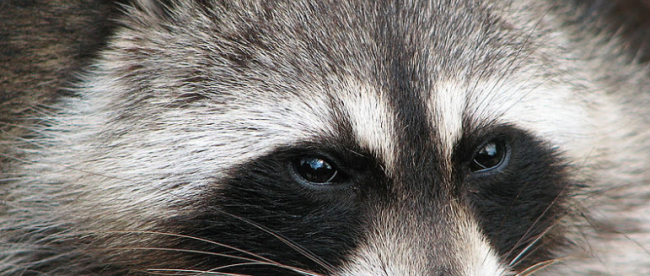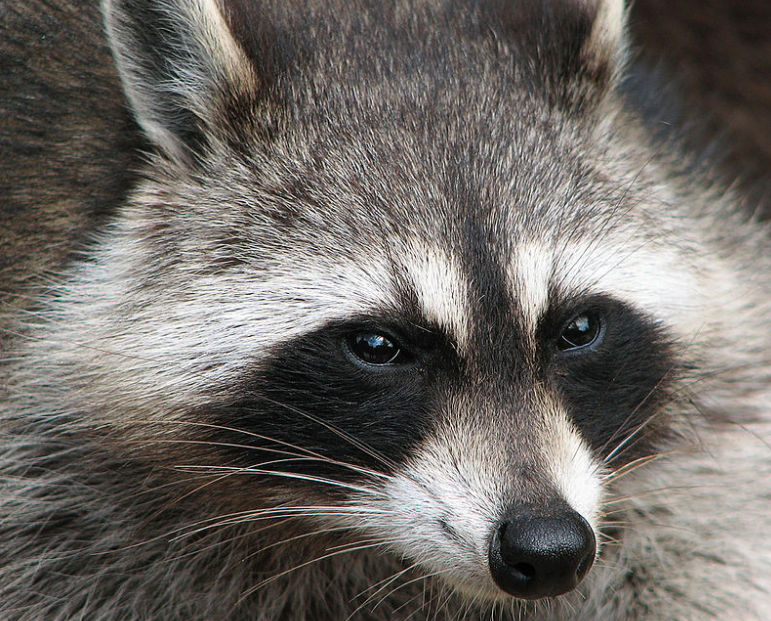How a Cute Cartoon Created a Catastrophe of Raccoons


Raccoons, pictured above, are native to the United States, the southern part of Canada, Mexico, and Central America. By and large, they’re harmless — they tend to raid garbage cans and sometimes attics, but absent a bout of rabies, raccoons are unlikely to pose a threat to humans or our cats or dogs. That said, they’re still wild animals and dangerous interactions can occur — so even though they’re cute, you don’t want to try to adopt one as a pet.
Unfortunately, no one told Japan about that last part.
The problem — and yes, it’s a problem, as you’ll see — began in 1977 when Japanese TV producer Nippon Animation debuted a 52-episode cartoon titled Araiguma Rasukaru, or “Rascal the Raccoon.” The series was based on a somewhat popular American book from nearly 15 years before. The book told the story of a family that tried to domesticate a raccoon only to find out, as Smithsonian points out, “though raccoons look like cute little cat burglars as babies, they don’t really make good pets.” The family named the raccoon “Rascal,” which should have also clued in readers about the animal’s behavior, and ultimately, Rascal was too much for the family to handle. The book ends with the family returning Rascal to the wild.
The TV series, though, took a while to get to that lesson, instead depicting Rascal simply as a playful if not troublesome housepet. (Here’s a video of the title sequence, and you’ll see that Rascal is more fun than, well, rascal.) To make matters worse, “Rascal the Raccoon” was incredibly popular in Japan seemingly overnight. And viewers wanted their own, real-life Rascals. According to Tofugu, “over the following years, upwards of two thousand raccoons were imported to Japan annually.” Perhaps having a pet raccoon seemed like a good idea at first — raccoons are really cute in pictures! — but that changed, quickly. Many if not most of the imported animals were simply set free into the wild. Japan banned the importation of other raccoons.
But it was too late. Like many invasive species, the raccoons thrived in their new home — they don’t have any natural predators in Japan. According to a 2004 survey of Japan’s wild raccoon population, the dexterous creatures were found in 42 of the 47 Japanese prefectures; a 2008 follow-up suggests that there may now be raccoons in all 47. And they’re hardly harmless guests; according to Atlas Obscura, raccoons are responsible for “around $300,000 dollars a year in agro-destruction” in the Hokkaido region alone, “are also one of the leading causes of damage to historic temples,” and they “steal fish and fruit from vendors, and worse, are beginning to push out native species.”
Efforts to stem the raccoon population — or their damage — have been mixed at best. One member of the government’s Task Force for Countermeasures Against Invasive Species told the press that efforts to stem the raccoon population are “a constant battle” — the government provides funding for electric fences and the like, with limited success. To date, the descendants of would-be Rascals seem to be winning.
Bonus fact: Not all raccoon pet adoptions go awry (although they’re definitely a bad idea). In 1926, U.S. President Calvin Coolidge was supposed to usher in the Thanksgiving holiday with a raccoon for dinner. But he had never eaten raccoon before and instead decided to issue it a ceremonial pardon, adopting her as his family pet and named her Rebecca. The match still wasn’t a great one, though; as History notes, Rebecca “ripped up clothing and clawed on the upholstery,” and would “wriggle free from harnesses and break out of makeshift cages by gnawing away at the wooden bars, leading to wild chases through the president’s home.” Rebecca proved a bit more work than the President and his family thought, and the first couple ultimately donated her to the National Zoo.
From the Archives: Switzerland’s Kind of Gross, Incredibly Effective Anti-Rabies Weapon. It worked, at least.
